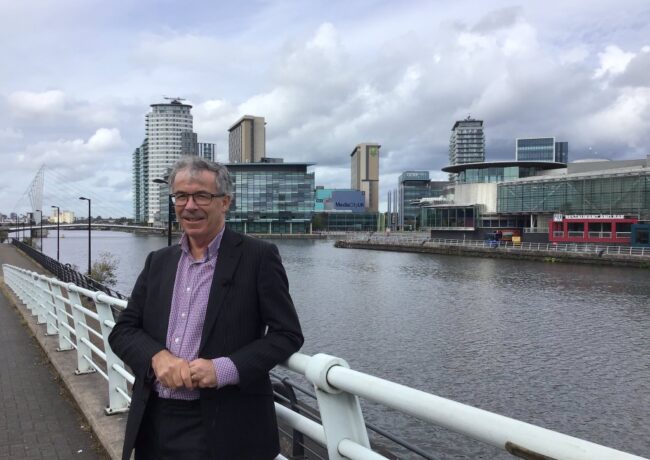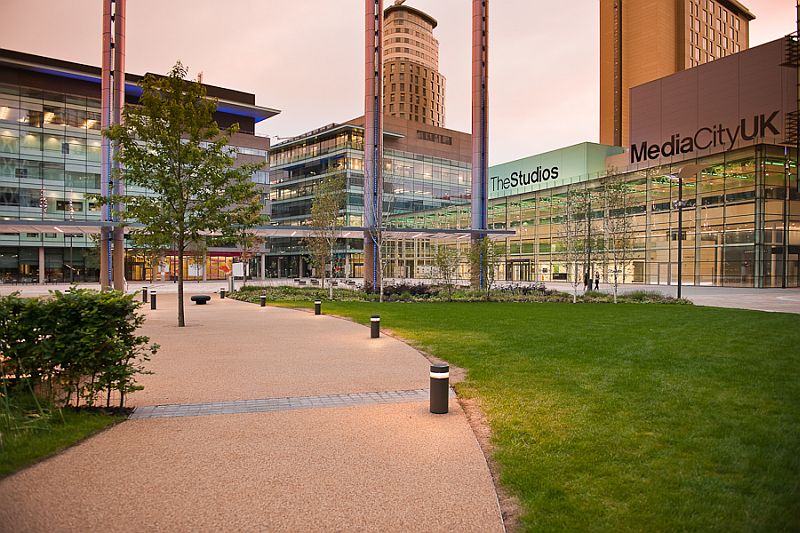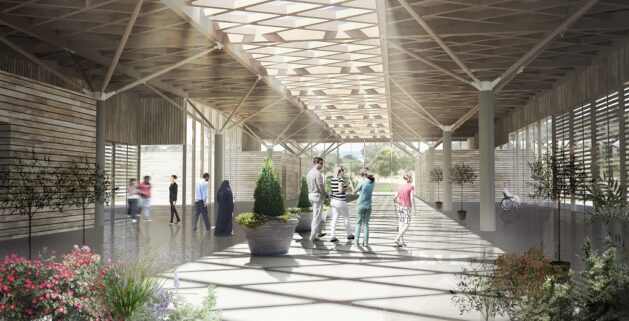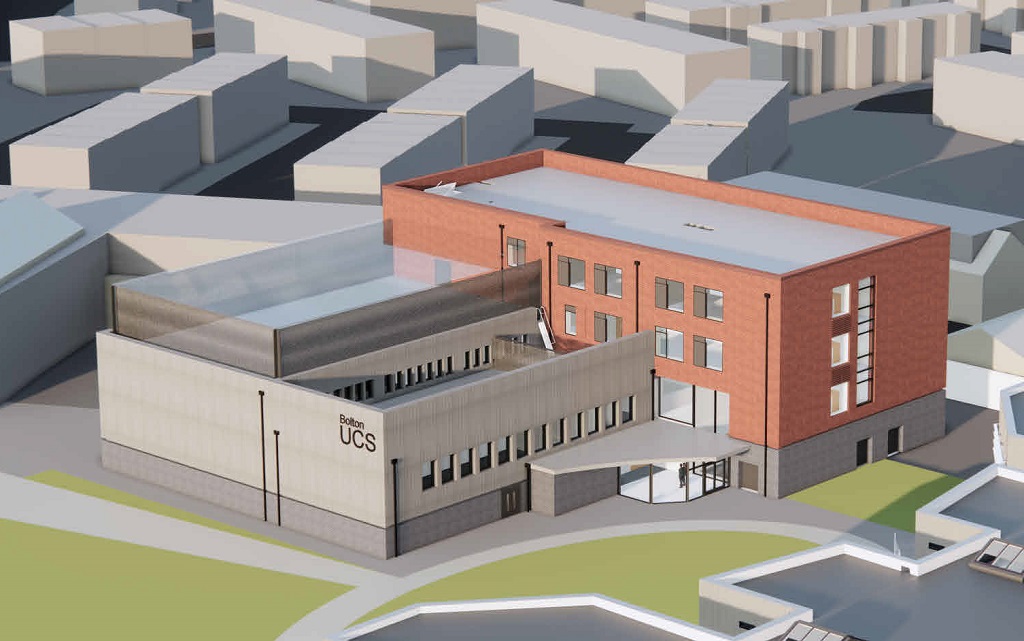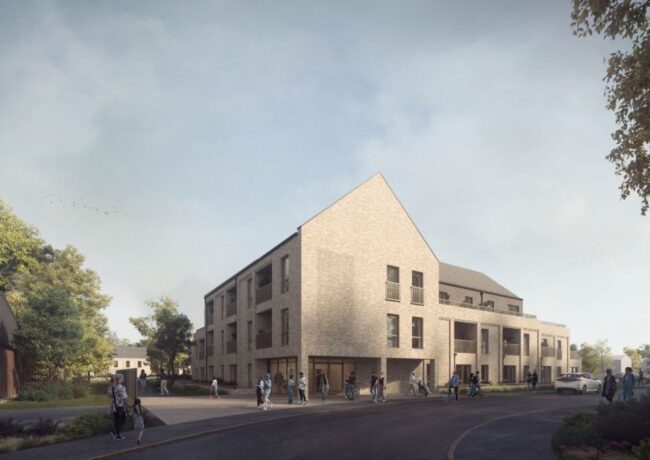PROFILE | Findley looks back on 26 years at Salford
When Chris Findley, who retired this week after almost three decades as council head of planning, arrived in post, Salford was “still recovering from the huge economic shocks of the ’70s and ’80s”. But developments such as Salford Quays and MediaCityUK ensure he leaves the city in a better state than he found it.
Speaking to Place North West, Findley said: “When I started in 1994, the city’s economy needed a complete restructure. Salford is now one of the fastest growing places in the North West. It has been a complete turnaround.”
Salford’s population dropped heavily following the industrial decline of the 1970s. However, its population has grown by around 40,000 people since the early 1990s and continues to do so.
With this comes the need for housing, and Salford has no shortage of pipeline schemes – including Salboy’s plans for 500 homes at the former Castle Irwell Student Village and ForLiving’s 400-apartment Dock 5 development.
But it wasn’t always that way. Findley, who turns 66 later this year, explained that in the 1990s there were no private sector developers working in central Salford.
The developer consortium English Cities Fund’s extensive redevelopment of Chapel Street and New Bailey further indicate how far the city has come in boosting its private sector appeal.
Still, Findley criticised past governments for their “constant tinkering” with the planning system over the years of his tenure.
“Governments are constantly talking about the need to simplify the system but, in doing so, they have made it more complicated over time. The evidence base that has to sit behind plans is now absolutely huge.”
If the system had demanded such a vast amount of evidence in the past, developments like Salford Quays and MediaCityUK would never have happened, he said.
Following the closure of Manchester Docks in 1988, Salford Quays was an area of derelict dockland and the plans for the site “were based on vision rather than evidence. In effect, anything could have happened to that area,” he said.
The catalyst for change at the docks was a trip to Baltimore. The former leader of the council, Les Hough, visited the US city, which, during the 1970s and 1980s, had redeveloped its own docklands district.
“He came back and announced that we were buying the docks. It was very much a council-led project,” Findley said.
The widescale regeneration of Salford Quays and the creation of MediaCityUK have put Salford back on the map, but Findley’s understanding and passion for the local environment – he is on the board of the Mersey Rivers Trust – colour his memories of 26 years in post.
Developer Countryside Properties’ New Broughton housing scheme, part of a £500m regeneration of the area since 2006, presented challenges due to its location, Findley said.
“It was an area that was failing but getting anything to happen there was very difficult because it lies in the floodplain of the River Irwell. Planning with flooding in mind was an enormous challenge.
“When the big floods happened on Boxing Day in 2015, one of my immediate concerns was about those houses, but none of them were affected.”
The new RHS gardens at Bridgewater in Worsley, due to open next year, the Mosslands wildlife habitat, the second flood basin at Castle Irwell, and an ongoing project to improve the water quality at the Manchester Ship Canal, are among Findley’s contributions to the conservation of the area.
“Climate change is a huge agenda” he said. “At the moment, we are all focused on the pandemic but the next series of crises around the corner probably all relate to climate change. That has got to be a focus both locally and nationally.”
Findley also played a major role in the ongoing creation of the Greater Manchester Spatial Framework, a statutory document that, once complete, will guide development across the 10 Greater Manchester authorities over the next two decades.
When asked when the significantly delayed framework would likely be adopted, Findley said: “The average time for any statutory plan to get sign-off is four to five years and here we are dealing with a plan for 2.5 million people across 10 authorities with an elected mayor, so it is bound to take longer. But I think Greater Manchester will get there.”
Following Findley’s departure, the council has restructured its planning team. Martin Hodgson will lead on development management and building control, while James Shuttleworth will lead on planning policy – in particular Salford’s updated Local Plan, to be published later this year.
Shuttleworth will also take over from Findley in guiding the Salford’s input to the GMSF.
Findley said he was proud of the planning team at Salford City Council, which always struck him as having a “can-do attitude” and being dedicated to getting things done on the ground.
“People talk a lot about Manchester being like that, but Salford is no different. The worker bee also features on Salford’s coat of arms,” he said.


